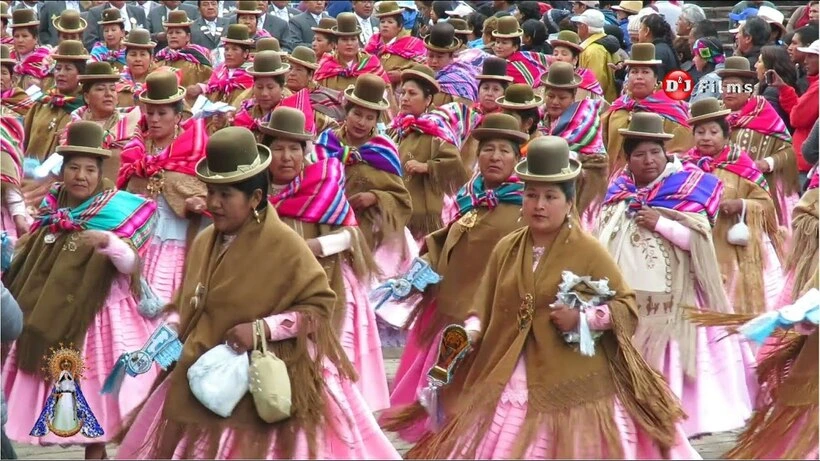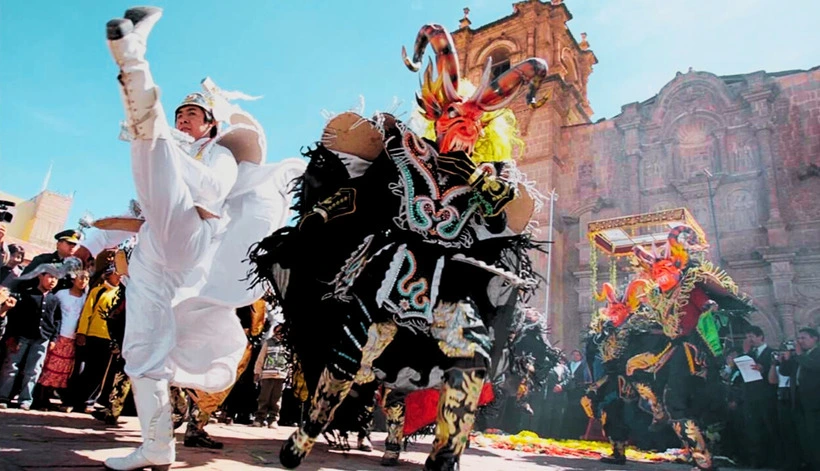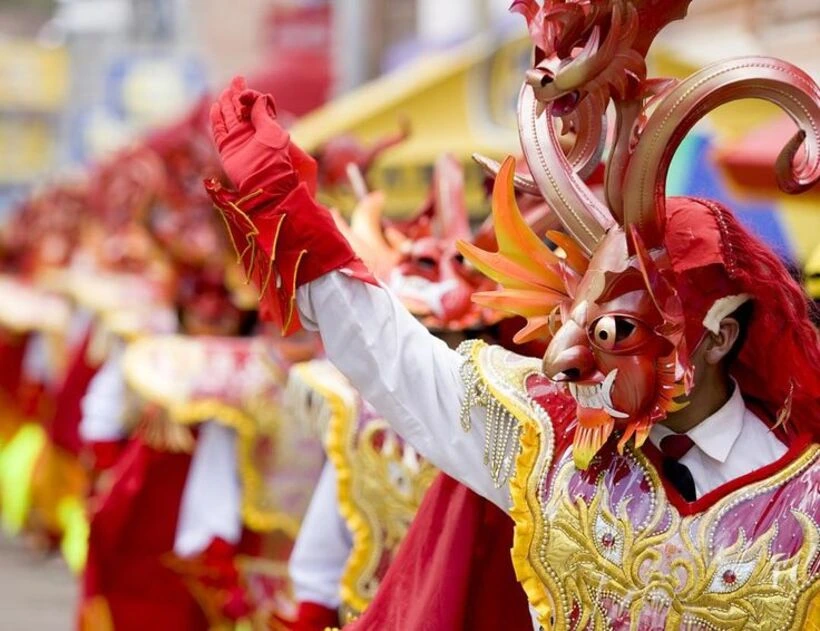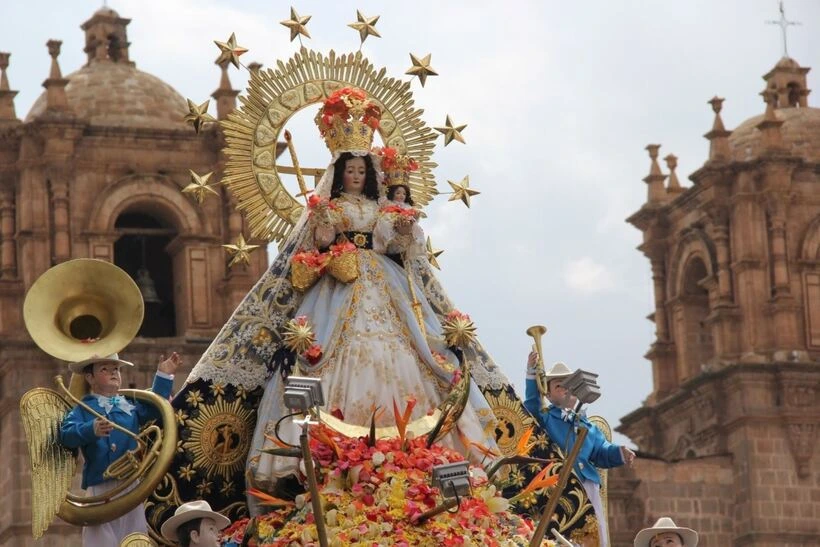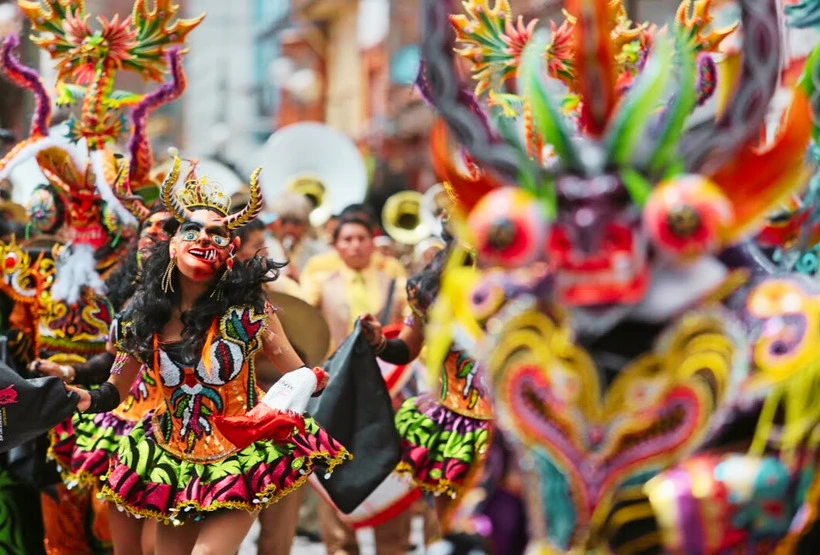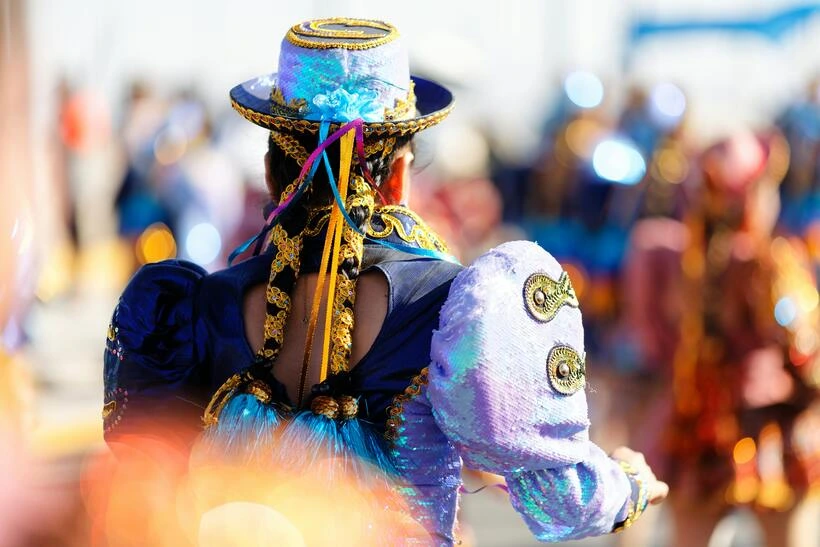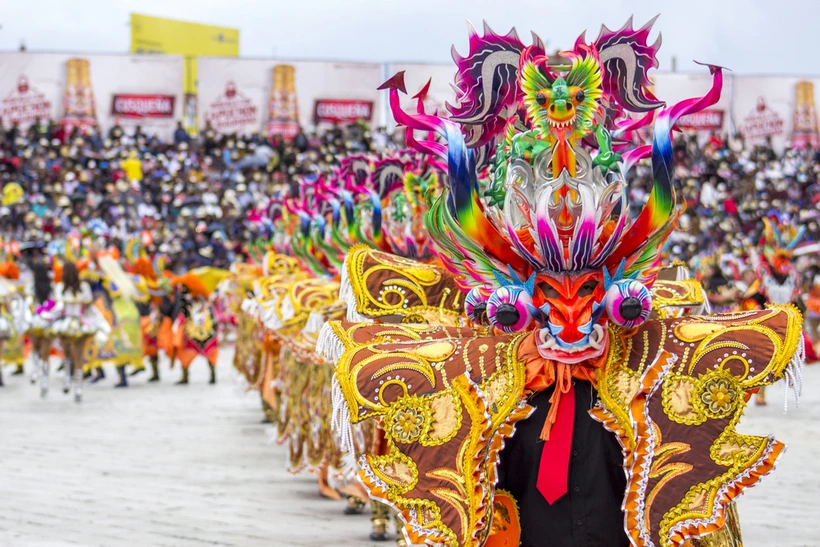The Virgen de la Candelaria Festival is one of the most vibrant and culturally rich celebrations in Peru, drawing visitors from around the world. Held in the highlands of the Andes, this festival blends indigenous traditions with Catholic devotion, showcasing music, dance, and spiritual significance.
Hello, dear reader! If you're planning a trip to Peru, this is a must-see event. Keep reading to discover where the festival takes place, its history, activities, and tips to make the most of your experience.
Where is the Virgen de la Candelaria Festival celebrated?
The festival takes place in Puno, a picturesque city located on the shores of Lake Titicaca, the highest navigable lake in the world. Known as the Folkloric Capital of Peru, Puno is the perfect backdrop for this colorful celebration.
When does the Festival happen?
The Virgen de la Candelaria Festival is traditionally celebrated in early February, aligning with the feast day of the Virgin of Candlemas on February 2nd. In 2025, the festival will officially start on Sunday, February 2nd, with events and activities continuing through the following weeks. Be sure to check the local calendar for specific schedules.
History of the Festival
The origins of the festival date back to colonial times, when Spanish missionaries introduced the Virgin of Candlemas as a symbol of protection and hope. Over time, Andean cultures infused their own traditions into the celebration, creating a unique blend of Catholic devotion and pre-Columbian rituals. Today, the festival honors both the Virgen de la Candelaria, the patron saint of Puno, and Pachamama (Mother Earth), reflecting the syncretism of Peru's diverse heritage.
What does the name "Virgen de la Candelaria" mean?
The name "Virgen de la Candelaria" refers to the Virgin of Candlemas, symbolizing light, purification, and hope. "Candelaria" derives from "candle", representing the light of Christ and the Virgin's guidance for her devotees. This spiritual significance is at the heart of the festival.
UNESCO Recognition
In 2014, UNESCO recognized the Virgen de la Candelaria Festival as part of the Intangible Cultural Heritage of Humanity, highlighting its importance in preserving and celebrating Peru's cultural identity.
Festival Activities and Calendar
For 2025, key dates include the grand parade on February 2nd and the main dance competitions on the weekends following the feast day. The festival's highlights include:
- Processions: A grand parade of the Virgin's image through Puno's streets, accompanied by music and dance.
- Traditional Dances: Over 200 dance troupes perform traditional Andean dances, such as the lively Diablada and Caporales.
- Competitions: Dance and music competitions held in local stadiums.
- Masses and Religious Ceremonies: Spiritual gatherings to honor the Virgin and seek blessings.
Learn about other activities you can do in Puno Here
What to Bring and Travel Tips
- Dress in Layers: Puno’s weather can be unpredictable, with chilly mornings and warm afternoons.
- Comfortable Shoes: You'll walk a lot, especially during the parades.
- Sun Protection: The high altitude increases sun exposure. Bring a hat and sunscreen
- Water: Bring water to stay hydrated in the thin air.
- Cash: Many local vendors don’t accept credit cards.
Tips for Enjoying the Festival:
- Book Early: Accommodation fills up quickly during the festival.
- Arrive a Few Days Early: To acclimatize to Puno's high altitude.
- Learn Some Spanish: It’s not mandatory, but it will help you connect with locals and understand announcements.
- Respect Local Customs: Even if you are not religious, show respect during religious ceremonies and enjoy the moment.
Experience the Magic of the Virgen de la Candelaria Festival with Peruvian Sunrise
The Virgen de la Candelaria Festival is more than an event—it’s a celebration of faith, culture, and community. With its UNESCO recognition and unforgettable activities, it’s an experience that belongs on every traveler’s bucket list. Whether you're drawn by the vibrant costumes, traditional dances, or spiritual significance, this festival offers a window into the soul of Peru.
Contact us to plan your visit to Puno for this February and immerse yourself in the magic of this extraordinary celebration!

